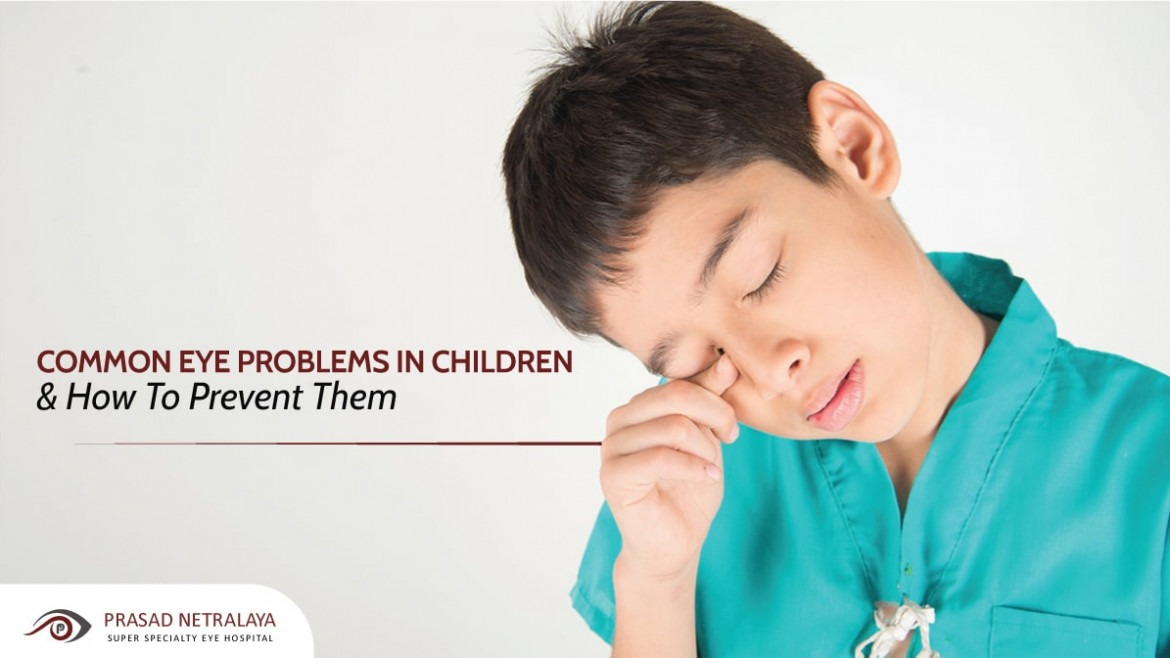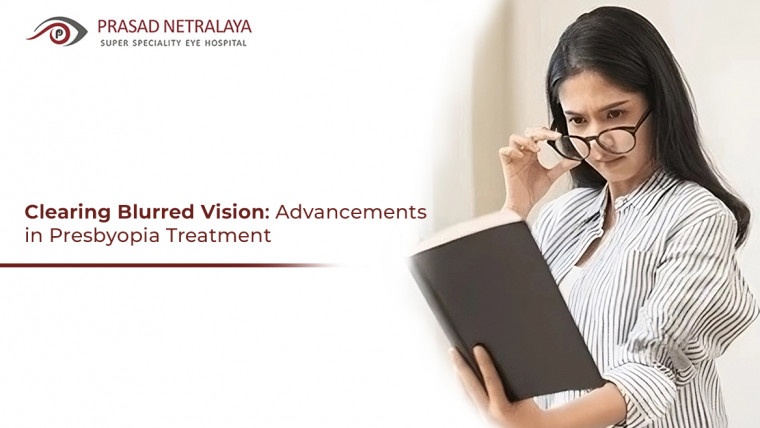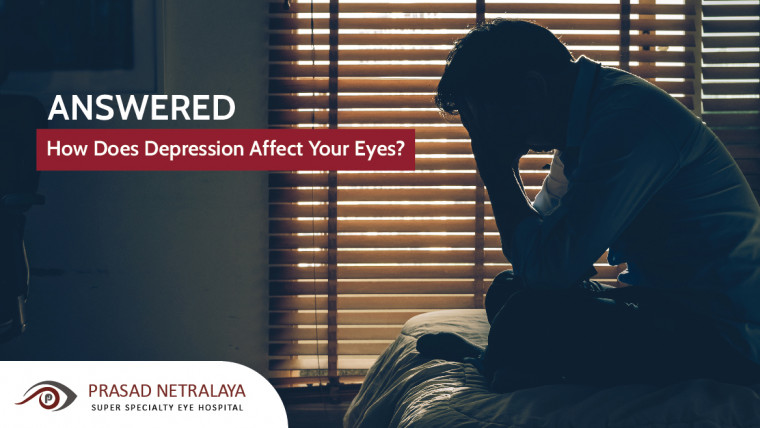Eye problems in children can negatively impact their performance in school and their ability to learn. Various eye problems can affect children, and so, early treatment can save your child from a lifelong struggle with eye issues. Prevention is always better than cure. Continue reading to know more about common eye problems in children and how to prevent them.
Table of Contents
What are the common eye problems in children?
Some common eye problems affecting children are:
- Myopia (Short-Sightedness)
When a child suffers from myopia, he/she has difficulty seeing objects that are at a distance as they appear blurry. This is the most common vision problem in children. About 9% of kids aged 5-15 years are nearsighted. It is important to manage this condition with corrective glasses as soon as possible before it gets worse with time.
- Hyperopia (Long-Sightedness)
This is the opposite of myopia. If a child suffers from hyperopia, he/she can see objects at a distance with reasonable clarity. But he/she will struggle to see objects that are close by clearly. In most cases, it gets better with time as the child grows. However, correction may be needed in most cases.
- Astigmatism
It is a condition that is caused due to an improperly shaped cornea. Under normal circumstances, the cornea and lens are smooth and curved in all directions. But when the cornea isn’t smooth and curved evenly, it causes a refractive error where the light rays aren’t refracted properly. If a child suffers from Astigmatism, objects appear blurred even if they are close by or at a distance.
- Crossed eyes (Strabismus)
Commonly known as crossed eyes, if a child suffers from Strabismus, one or both eyes are misaligned. It is a common eye problem in children. The eyes may turn inward, outward, turn up, or turn down. This makes the child unable to aim at the same object consistently. If left untreated for a long time, it can become impossible to treat.
- Lazy Eye (Amblyopia)
Lazy eye or amblyopia is an early developmental condition where a child’s eyesight does not develop in one eye. The poorly developed eye functions weekly and the brain does not focus on it and eventually stops receiving signals from it.
- Cataract
It is a common misconception that cataract only affects old people. However, children can acquire cataracts too. It is a condition where the lens of the eyes gets cloudy, severely obstructing light, leading to vision problems in children. If left untreated for a long time, it can even result in blindness.
- Ptosis
Ptosis is a condition where one or both the eyelids are lower than they should be, often referred to as drooping. It can be present at birth or acquired later in childhood. If left untreated, Ptosis can result in other eye conditions such as poor eyesight, lazy eye or permanent disfigurement.
- Nystagmus
In a condition where a child suffers from involuntary, rapid, and recurring eye movements, either horizontally, vertically or rotatory. It can be acquired at infancy or later in life, resulting in reduced or limited vision. Nystagmus is also known as dancing eyes.
How to prevent eye problems in children?
Prevention is better than cure. The best way to prevent eye problems in children is to get regular checkups done with a reputed eye care specialist. It is advisable to have these checkups at least once a year. This way, any potential problems can be caught early and treatment can be initiated before they get worse. Apart from regular checkups, here are some more steps you can take to prevent eye problems in children:
- Choose an eye-healthy diet
During the developmental years, kids require adequate amounts of nutrition for healthy eyes. Making eye-healthy foods a regular part of a kids meal can help promote their eye health and encourage them to have a lifetime of healthy habits. Food high in nutrients like zinc, omega-3 fatty acids, vitamin C and vitamin E such as leafy greens, carrots, fish, citrus fruits, seafood, etc. are excellent additions in an eye-healthy diet.
- Get adequate sleep
Adequate sleep rejuvenates the whole body including the eyes, ensuring that they get enough rest. A regular sleep routine to get adequate rest promotes children’s eye health. Make sure that your kids go to bed at the same time every day in a dark and quiet room. Do not forget to strictly limit the use of screens such as television, computer or mobile phone right before bedtime.
- Limit screen time
Prolonged screen time can be very harmful to children’s eyes. Children above the age of two should spend no more than two hours a day using digital devices and infants should have no screen time at all. In cases where your children have to learn online, make sure they take extra care of their eyes. The best replacement to screen time in children is playtime, especially outside. Outdoor playtime benefits all aspects of a kid’s physical and mental health, including eye health.
Get your kids’ eyes checked and treated at Prasad Netralaya, Mangalore and Udupi’s most trusted Eye Care Hospital. Our experienced staff is here to make sure that you receive the quality ophthalmological care that you deserve. Call us at +91 9513596565 or book an appointment if you wish to visit in person.



